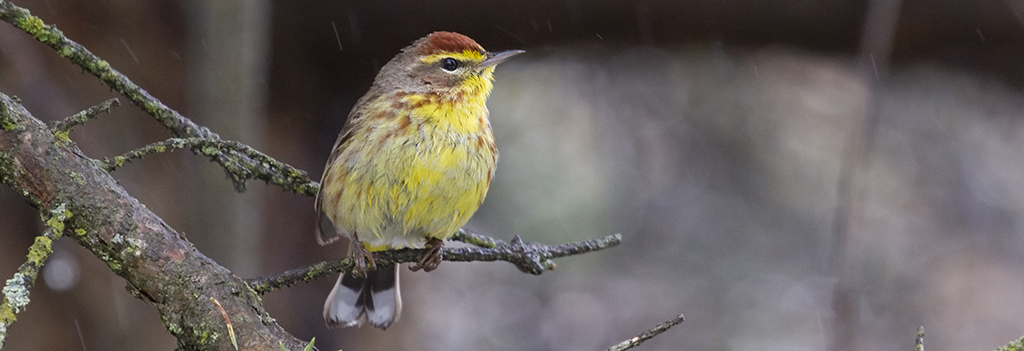Wait, don’t go! This is not a post about eponymous bird names. I’ve done that before, and I’ll surely do it again, but not today.
All the recent discussion about birds named after people has been great and it looks like, with some specifics still to be hashed out, we are roughly headed in the right direction. But with so much scrutiny over what we call birds, it’s hard not to come to the realization that there are other bird names that also suck.
For this reason I present to you A Definitive List of Bird Names that Also Suck1. They suck for various reasons – which I will elucidate below – but for the most part they either poorly describe the bird or cause unnecessary confusion, which is kind of the exact opposite of what a name should do.
Without further ado, here is the list. Do with it what you will2.
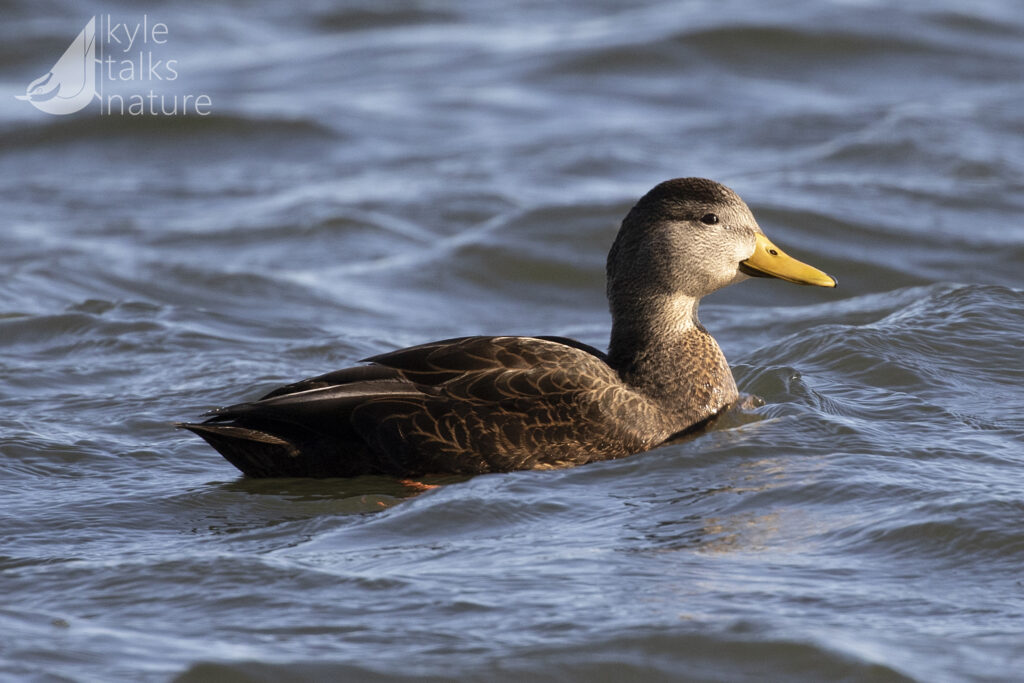
American Black Duck – Is brown.
Ring-necked Duck – A classic. Does not have a perceptible ring around its neck (can be faintly seen with bird-in-hand, but invisible in the field). Many have suggested Ring-billed Duck for this species, which is inarguably better.
Snowy Plover – Is not white, or even particularly pale compared with other plovers. Does not live in snowy places.
Mountain Plover – Doesn’t live in the mountains.
Purple Sandpiper – Is only purple in your imagination.
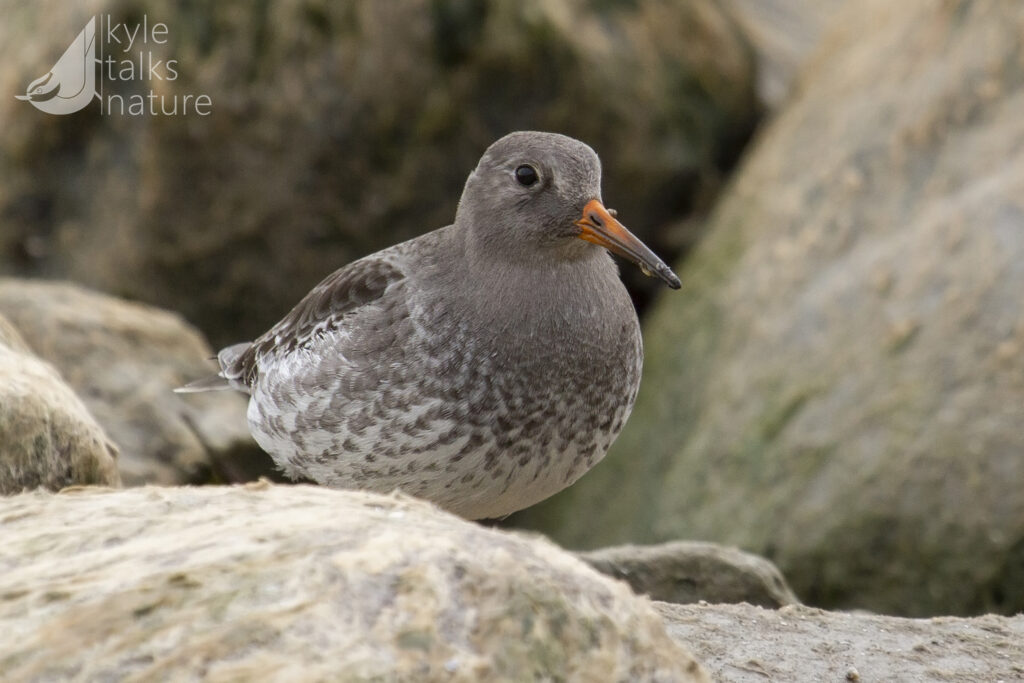
Sharp-tailed Sandpiper – Tail is the same shape as other sandpipers, which is to say not sharp.
Black-headed Gull – Head is brown.
Iceland Gull – Breeds throughout the Canadian Arctic and Greenland, but not Iceland. Visits Iceland in winter, along with the rest of northern Europe and most of North America.
Pelagic Cormorant – Does not stray far from shore. Is probably the least pelagic of the cormorants.
Tricolored Heron – Way more than three.
Sharp-shinned Hawk – I mean, gimme a break…
Broad-winged Hawk – Wings are no broader than other Buteo hawks.
Short-tailed Hawk – Tail is no shorter than other Buteo hawks.
Zone-tailed Hawk – What?
Screech-Owls – More like Whistling-Owls.
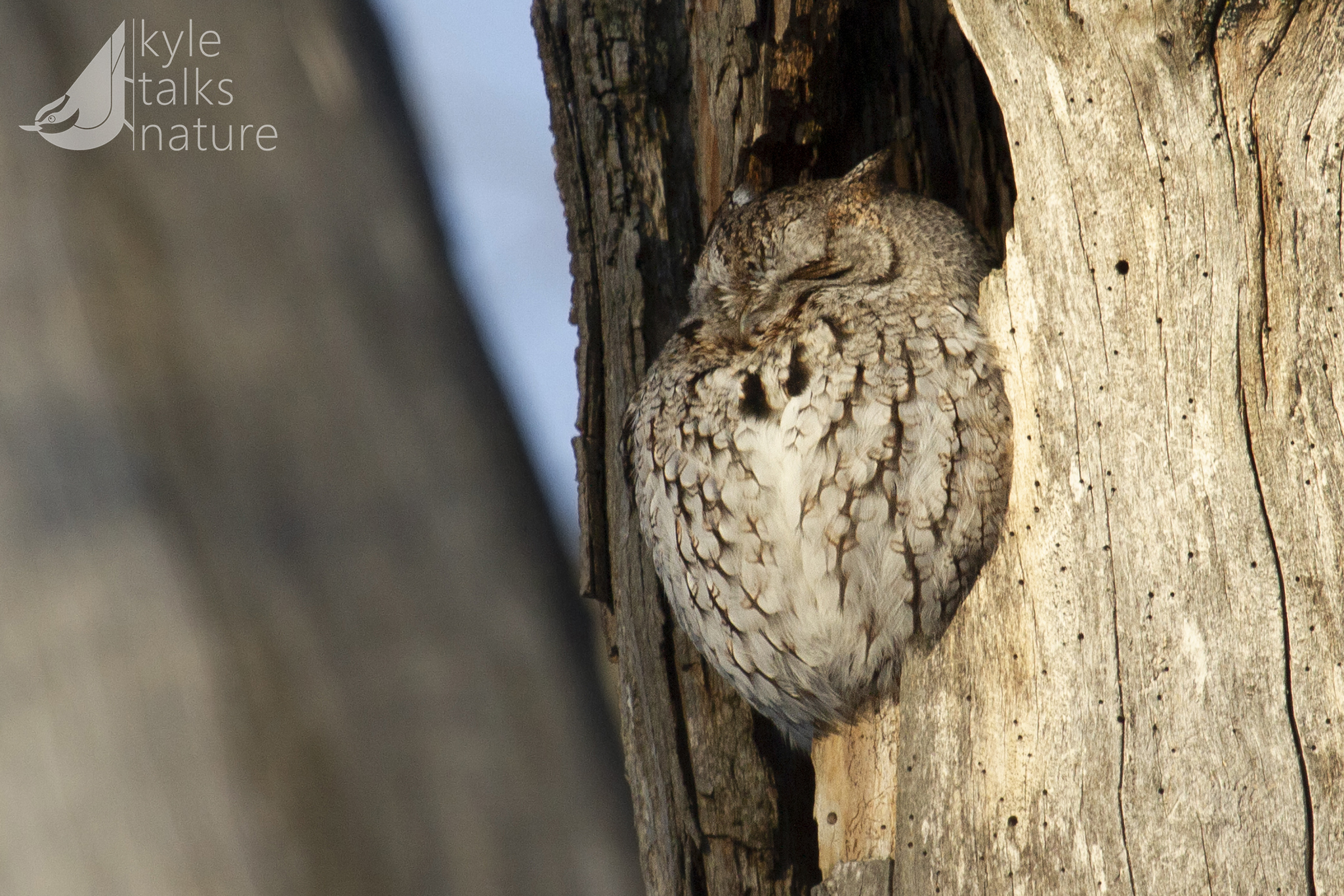
Northern Saw-whet Owl – Anybody hear a saw being whetted in the last, oh, hundred years?
Red-bellied Woodpecker – Another classic. Belly is pinkish at best, whitish at worst.
Arizona Woodpecker – Lives a little bit in Arizona, and a lotta bit in Mexico.
Acadian Flycatcher – Doesn’t live anywhere near Acadia.
Philadelphia Vireo – Only passes through Philadelphia on migration.
Clark’s Nutcracker – Eats pine seeds.
Gray-headed Chickadee – See “Black-headed Gull”.
Long-billed Thrasher – Bill is shorter than several other thrashers.
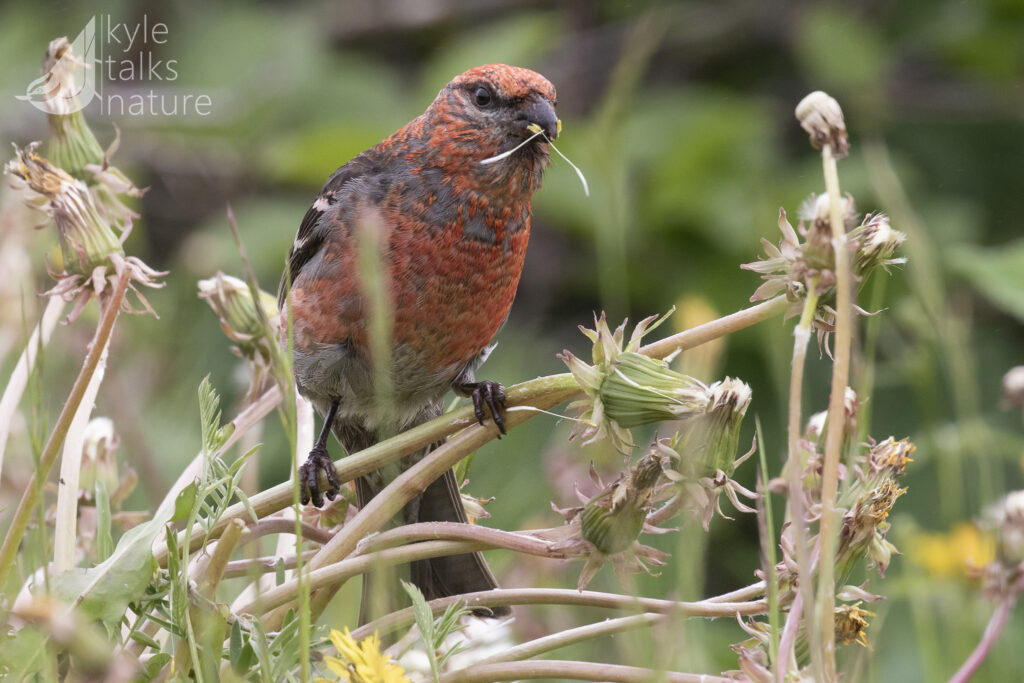
All grosbeaks – Very confusing. The name applies to two unrelated groups of birds: the grosbeaks that are finches, and the grosbeaks that are basically cardinals.
All buntings – Same reason. Some buntings are sparrows and others (surprise surprise) are basically cardinals3.
Purple Finch – Raspberry at best.
American Tree Sparrow – Lives on the ground.
Worm-eating Warbler – Eats insects.
Northern/Louisiana Waterthrush – Are warblers, not thrushes. Birders sort of accept and forget about this, but I get asked about it every spring by justifiably confused new birdwatchers.
Prothonotary Warbler – People can’t say it right, and it’s essentially meaningless. Golden Swamp Warbler for life.

Tennessee Warbler – Barely visits Tennessee.
Nashville Warbler – Barely visits Nashville. Also why does Tennessee get two4?
Orange-crowned Warbler – Barely orange-crowned.
Connecticut Warbler – Almost never sees Connecticut.
Cape May Warbler – Only stops at Cape May during migration, like every other eastern warbler.
Prairie Warbler – Doesn’t live in the Prairies.
Palm Warbler – Has nothing to do with palm trees.
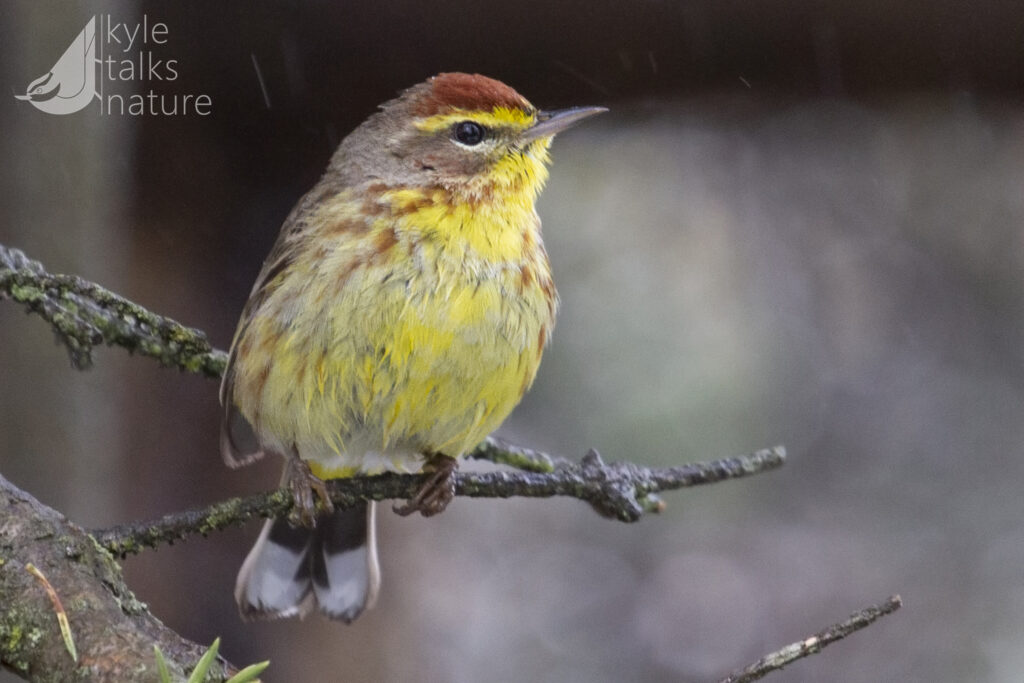
Well there you go, the list you never asked for and probably didn’t want. Did I miss any? Am I wrong about any? I’m sure you’ll let me know.
1 And by “definitive” I mean a list of mostly North American birds that stood out to me on a quick pass through the list.
2 I feel I should clarify that I’m not advocating for you to do anything. This is pretty obviously meant in humour, and if that’s not clear then I’m disappointed in both of us.
3 Weirdly this issue also exists for tanagers, but we don’t have any of the non-cardinal tanagers north of Mexico. Turns out, when you really get into it, everything is basically a cardinal.
4 Incidentally, while this is mostly a joke, a lot of these poorly place-named birds are named after the places they were first collected by early European ornithologists, which is really pretty dumb. If any of the names on this list should be changed, it’s these ones.

